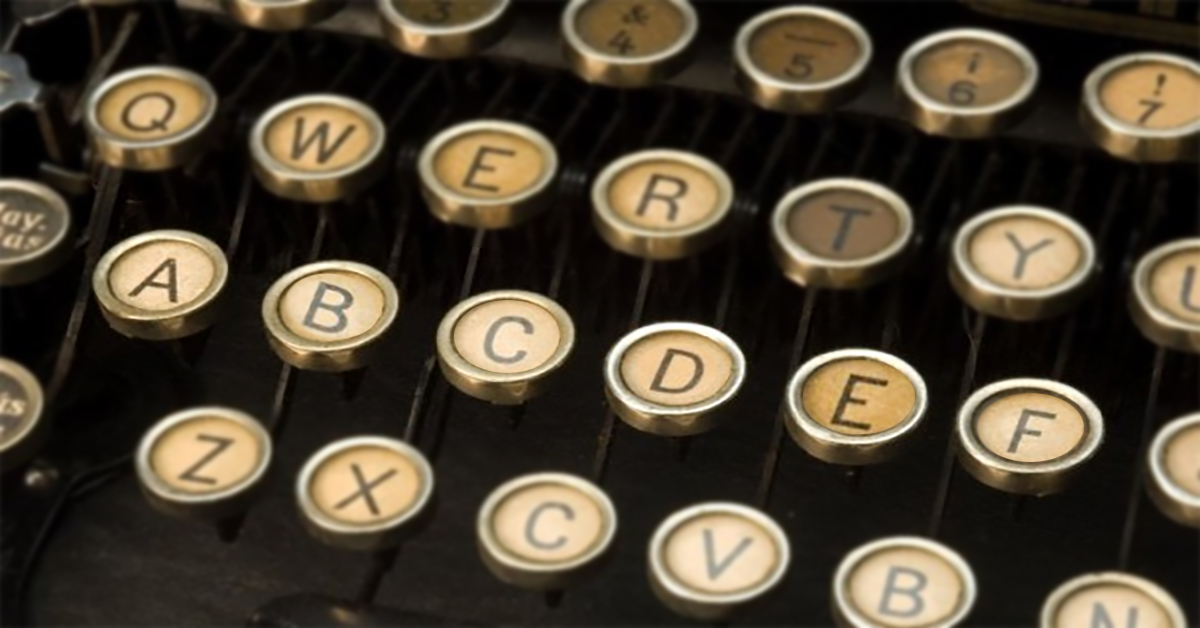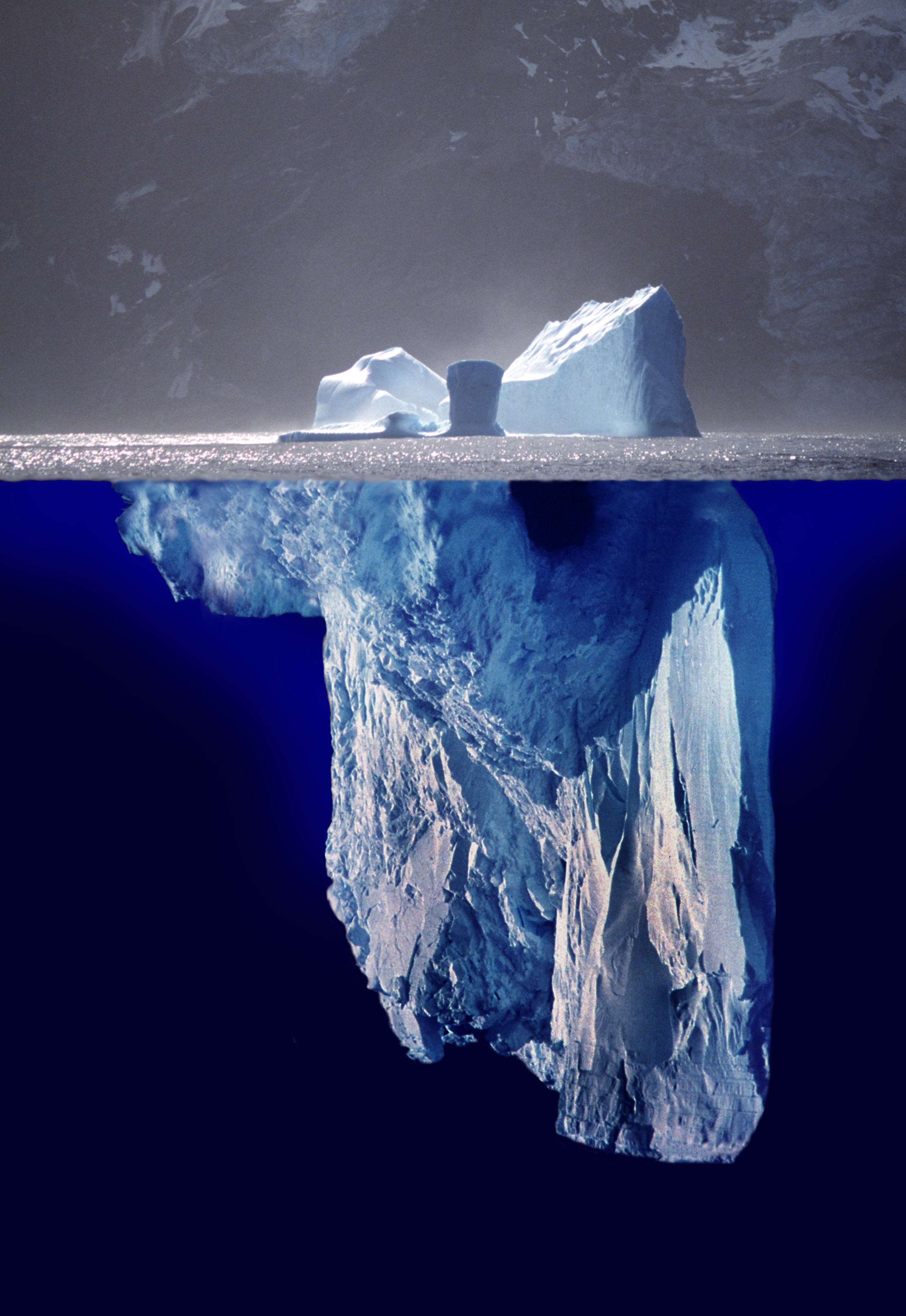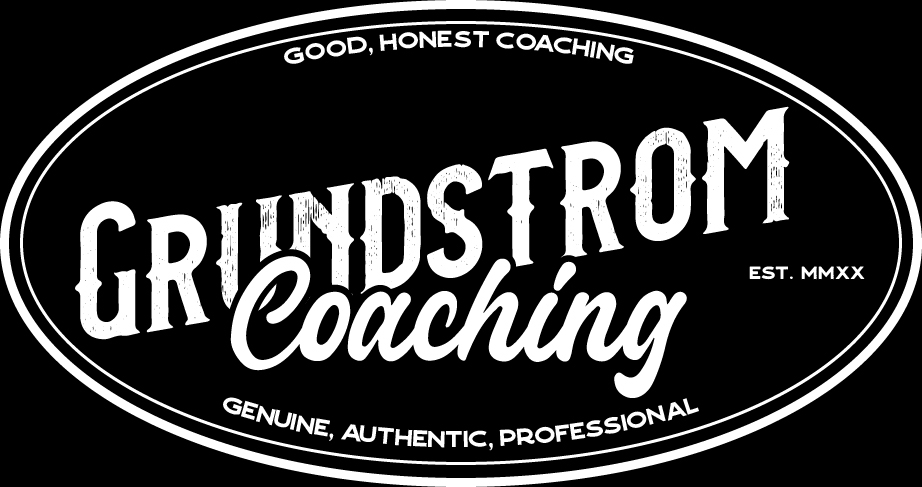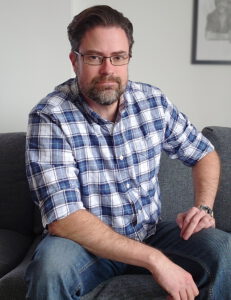
In the first part we looked at how we can let our past project into the future when it comes to being confident. When we do look at that, we’re coaching what’s behind. For this second part we’re going to look at what’s beneath. And to do that we’re going to use a model called “A to F”.
What lies beneath?
Just like icebergs, a client often only shows a small portion on the surface. Once the client starts opening up and loosening up, you start to see what lies beneath the surface, just like this iceberg.

The patterns, behaviours, and thoughts we exhibit on the surface are all a product of what’s not visible. We just choose, consciously or subconsciously, what to present superficially, to the world. Underneath it are our beliefs, our “truths” almost. They could be about ourselves, our worth, our self-image, how the world works, or even why we exist. These beliefs, as we saw in part one often come from our past, but they can have different origins. Those beliefs can become obstacles to moving forward and gaining confidence. The A to F model helps us understand when this happens and lets us challenge those beliefs.
A to F
Activating situation: Based on the situation we draw on our past experiences and our beliefs to frame things and to put them into context. By analysing what those situations are and what they have in common we can start to recognise patterns. It could be situations with lots of unknown people, or an unfamiliar location, or uncertainty about something.
Belief: The belief itself, or the “truth”. Being clear about exactly what it is will let us hone in on it and put the spotlight on it belief itself, like dragging something out into the sunlight. It could be around your capability, or what I do, or it could be around identity, who I am. Is the belief a universal truth, “the world is as it is”, or is it an individual truth, “this is about me.”
Consequences: What does this belief give us, and what would we stand to lose or gain by changing it? This bit often explains why we hold on to beliefs that are directly detrimental to us, such as holding a negative self-image means we can explain the past (and thus predict the future). There is a pay-off to our behaviour. Those pay-offs are on the surface negative but they reinforce our self-image or lets us avoid something potentially challenging. When it comes to confidence, this is obviously huge.
Dispute: By challenging the belief we start to make it less relevant. Here it’s often about challenging the language around it. Often these beliefs have never been voiced out loud, they’re part of the inner monologue where they zip past and never given actual form. When the client has to express them out loud to themselves we can start to challenge them by asking for evidence, or reframing perceived or imaginary situations. When the beliefs are challenged like this it gets harder to hold on to those which are irrational and have little actual value.
Exchange: This is where one set of beliefs are exchanged for another. By shifting the beliefs we can find a new pay-off, one which is more beneficial to us. We can try out these beliefs and see how they fit and what could be gained by exchanging our old ones for new ones.
Future: Throwing away literally a lifetime of beliefs isn’t easy. It’s stuff we’ve built up over time, it has protected us, given us our pay-offs, and framed our entire existence up until now. That’s why building a strategy for the future is vital. Imagining a new future can be very difficult, especially if we’re “set in our ways”, but what is really difficult, and the most crucial part, is believing in the new future. Once we can actually not only imagine our new selves but truly believe that we are capable of getting there, we can start working out how we can get there. After all, they didn’t get to the moon by thinking “We’ll just launch this massive rocket and see where it ends up.”
The how is what will be coming up next. Once we’ve coached what’s behind and what’s beneath we can start focusing on what’s in front.

